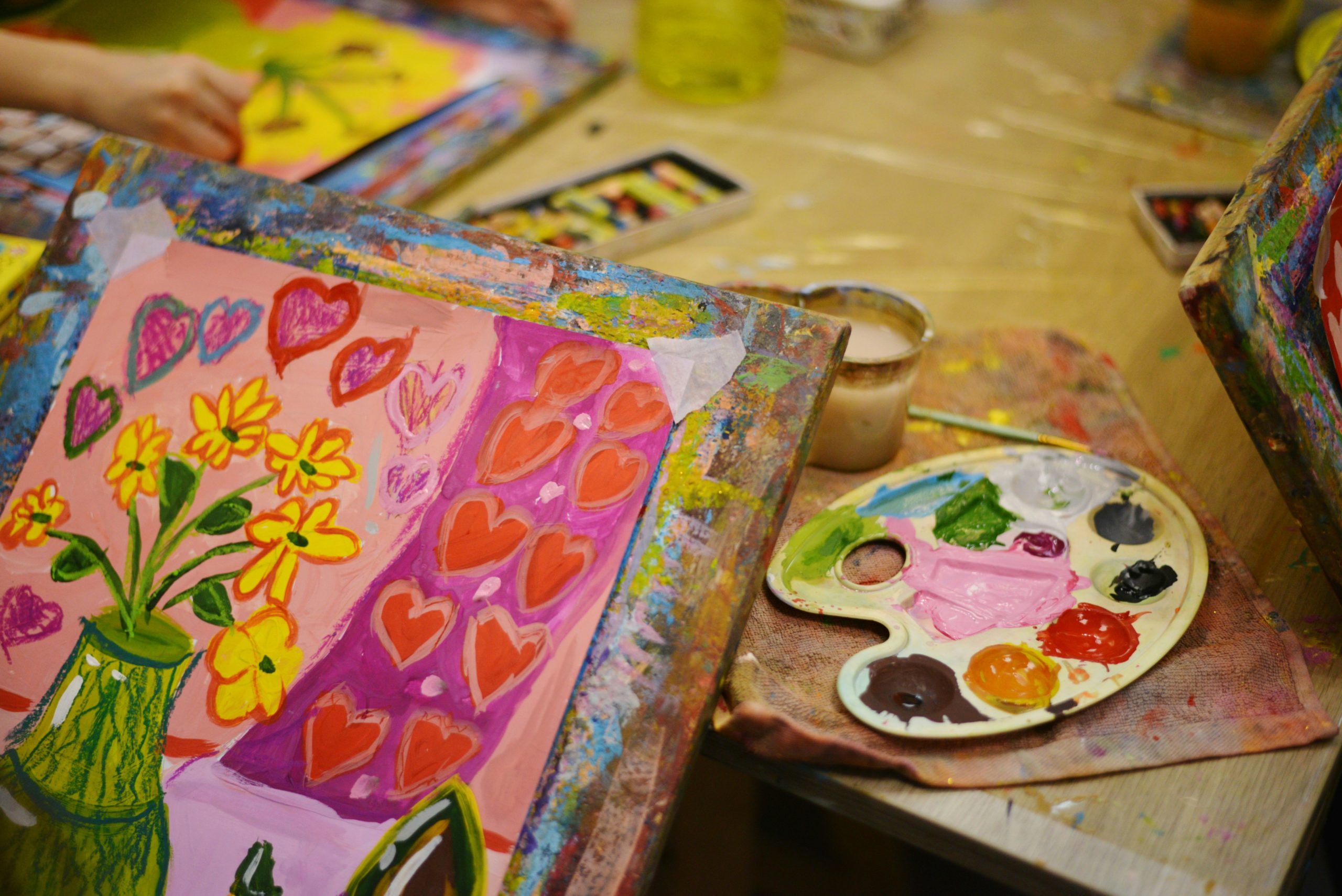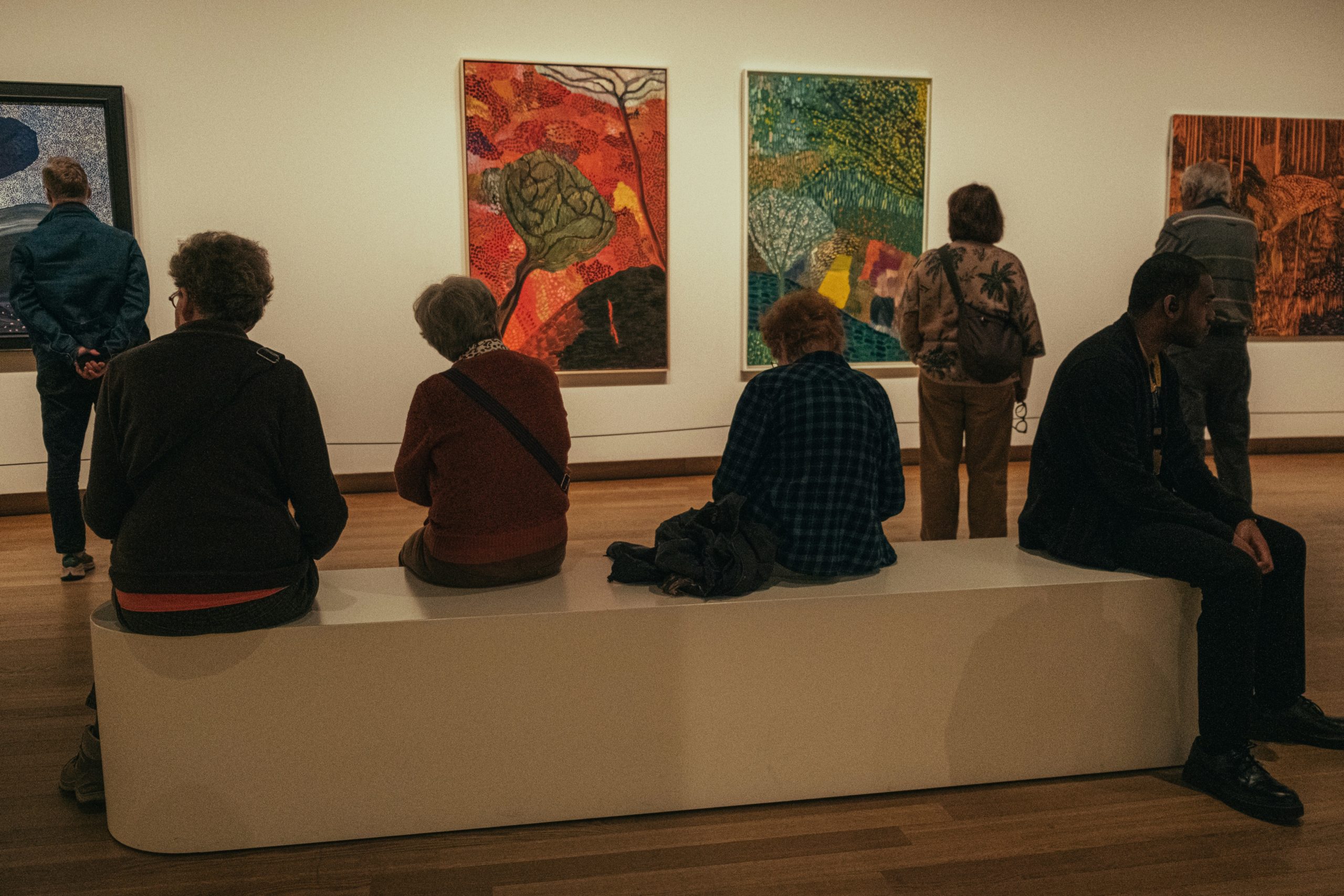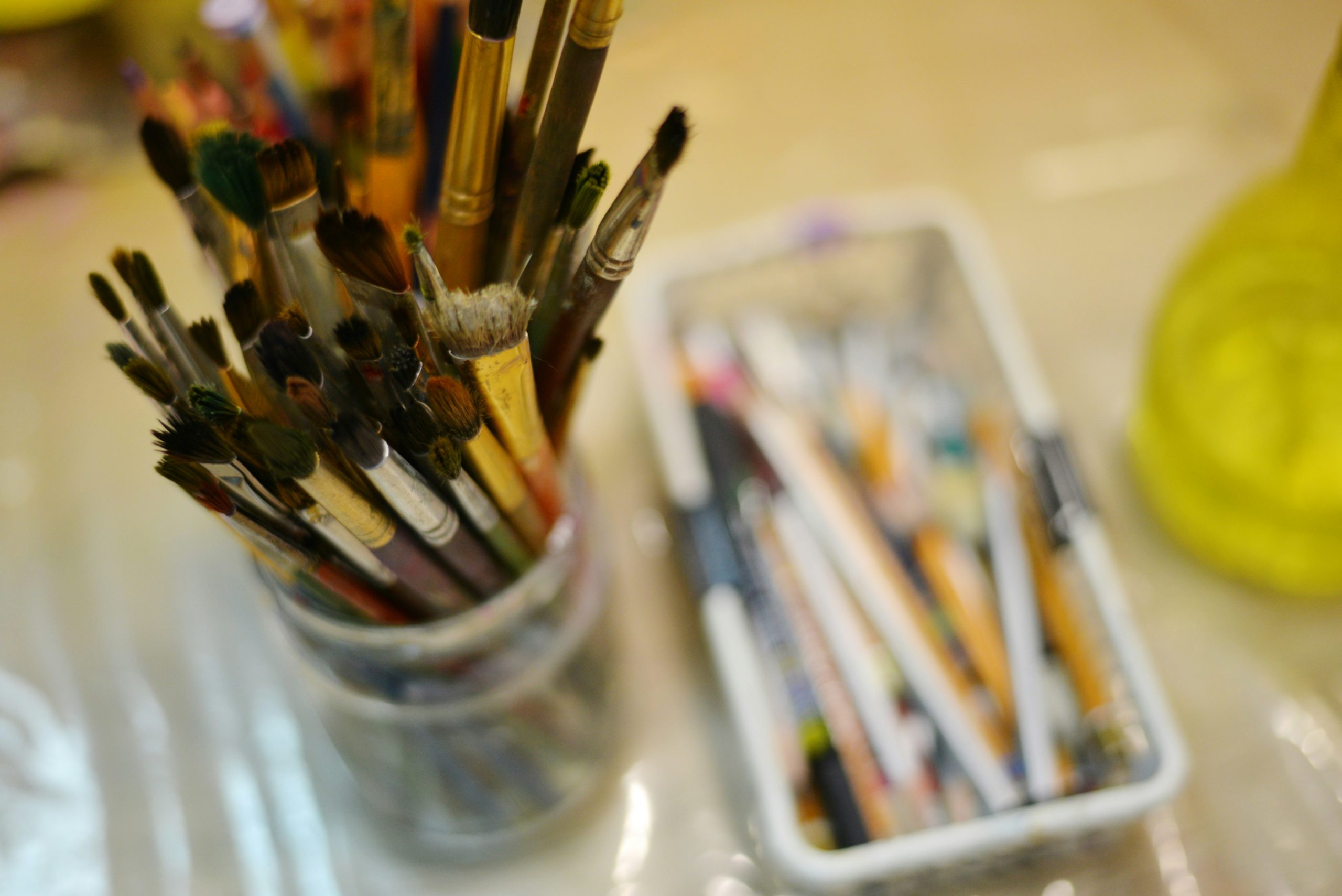Hey, professional caregivers—let’s talk about art.
Not in the “here’s a craft to keep them busy” way, but in the “art therapy is a real, evidence-based, meaningful intervention” way. You’ve seen how dementia changes communication—words slip away, memories fade, frustration builds. But here’s the thing: losing words doesn’t mean losing the need for self-expression. And that’s where art therapy comes in.
Art therapy isn’t about making something pretty. It’s about creating space for communication, connection, and dignity—without relying on words. When you introduce creative expression into dementia care, you’re offering more than just an activity. You’re giving your residents or clients an outlet to express who they are, even as dementia tries to strip that away.

Why Art Therapy Works for People Living with Dementia

1. Art gives them a voice when words fail.
Dementia messes with verbal communication, but emotions and memories live deep in the brain—and art taps into them. A painting, a scribble, even the color choices can express something words no longer can. It’s a way to tell their stories, share their feelings, and be heard in a way that feels safe and validating.
2. It’s about process, not perfection.
One of the biggest myths? That art therapy is about making “good” art. Nope. In fact, the best moments often come from just engaging in the process. The feel of the brush, the movement of the hand, the joy of mixing colors—it’s all about the experience, not the final product.


3. It taps into preserved strengths.
Motor skills and cognitive abilities may decline, but creativity? That sticks around. Even in later stages, individuals with dementia can engage in and respond to creative expression. Art therapy works with their strengths instead of constantly reminding them of what they’ve lost.
4. It soothes and reduces agitation.
Ever seen someone with dementia get frustrated because they can’t find the right words? Art therapy can be a pressure release valve. Engaging in art lowers anxiety, reduces agitation, and provides a sense of control—something dementia often strips away.
Check out this post that will give some ideas on how to use art.


5. It fosters connection.
You know those moments where you see the person behind the disease? Art therapy creates more of those. Whether it’s a shared laugh over unexpected colors, a memory triggered by a painting, or a smile when they recognize their own work—art brings people together in a way that words can’t always do.

How You Can Incorporate Art Therapy Principles (Even If You’re Not an Art Therapist)
You don’t have to be an artist to bring meaningful creative experiences into dementia care. Here are a few ways to integrate art therapy-informed practices into your work:
- Focus on the process, not the outcome. Encourage exploration and engagement rather than worrying about making something “nice.”
- Use simple, adaptable materials. Thick markers, paint sticks, and clay are great for those with limited fine motor skills.
- Honor their choices. If they want to use all black or scribble furiously, that’s okay. The goal is expression, not control.
- Make it a shared experience. Sit alongside them, mirror their movements, and engage with curiosity.
- Be mindful of their energy. If frustration starts to build, pivot to something soothing like color washes or tearing paper instead of forcing an activity.
Final Thoughts
You already know that dementia care isn’t just about managing symptoms—it’s about preserving dignity, fostering connection, and honoring the person beyond the disease. Art therapy is one of the most powerful ways to do just that. By bringing creativity into your work, you’re not just offering an activity. You’re offering a voice, a moment of joy, and a chance for someone to be seen.
And really, isn’t that what good care is all about?
Recent Comments